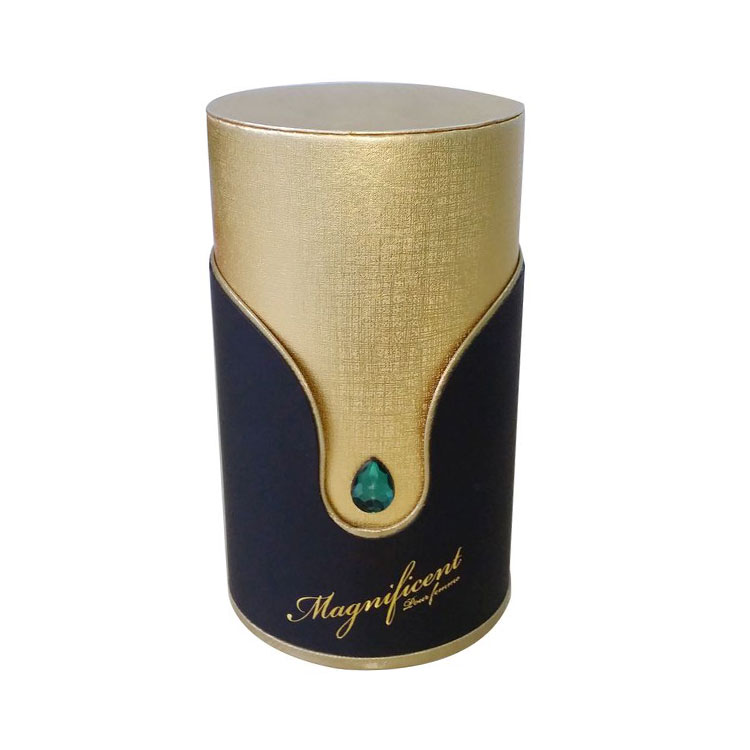The Manufacturing Process of Creating a Perfume Cylinder Box
2024-07-04
Perfume cylinder boxes are not just containers for luxurious fragrances; they are an integral part of the product’s appeal and branding. The manufacturing process of these elegant boxes involves several steps, each ensuring the final product is both aesthetically pleasing and functional. In this blog, we will explore the detailed process involved in creating a perfume cylinder box, from material selection to the final touches.
1. Material Selection
The first step in the manufacturing process is selecting the appropriate materials. Perfume cylinder boxes are typically made from high-quality cardboard, paperboard, or metal. The chosen material must be durable enough to protect the perfume bottle while also providing a premium feel. Eco-friendly materials are increasingly popular, aligning with consumer demand for sustainable packaging solutions.
2. Design and Prototyping
Once the materials are selected, the design phase begins. Designers create a blueprint of the box, considering factors such as dimensions, shape, and aesthetic elements. Advanced software tools are used to create 3D models and prototypes. Prototyping allows designers and manufacturers to visualize the final product, make necessary adjustments, and ensure that the box meets both functional and aesthetic requirements.
3. Cutting and Shaping
After finalizing the design, the production process starts with cutting and shaping the chosen material. For cardboard and paperboard boxes, precise cutting machines are used to create the flat components that will be assembled into the cylindrical shape. If metal is used, the process involves cutting and shaping the metal sheets into cylinders. The cutting process must be accurate to ensure all pieces fit together perfectly.
4. Printing and Decoration
The next step is printing and decorating the flat components. This process includes adding logos, brand names, colors, patterns, and any other design elements specified in the design phase. Advanced printing techniques, such as offset printing, digital printing, and screen printing, are used to achieve high-quality results. Additionally, decorative finishes like embossing, debossing, foil stamping, and UV coating are applied to enhance the visual appeal and tactile experience of the box.
5. Assembly
Once the individual components are printed and decorated, they are assembled into the final cylindrical shape. For cardboard and paperboard boxes, the flat pieces are folded and glued together using specialized machinery. The process involves creating a seamless cylinder and attaching the base and lid components. If metal is used, the assembly process may involve welding or other joining techniques to form the cylinder and secure the bottom and top pieces.
6. Adding Inserts
To ensure the perfume bottle is held securely inside the box, inserts are often added. These inserts can be made from foam, cardboard, or velvet-lined materials and are designed to fit the bottle’s shape snugly. The inserts prevent movement during transportation and add an extra layer of protection. They are carefully measured and cut to match the interior dimensions of the cylinder box.
Conclusion
The manufacturing process of a perfume cylinder box is a meticulous and multi-step procedure that combines design innovation, precision engineering, and quality craftsmanship. From selecting the right materials to adding the final decorative touches, each step is crucial in creating a box that not only protects the perfume inside but also enhances its appeal and reflects the brand’s image. By understanding this process, brands can appreciate the complexity and effort involved in producing high-quality packaging that resonates with consumers and elevates the overall product experience.



